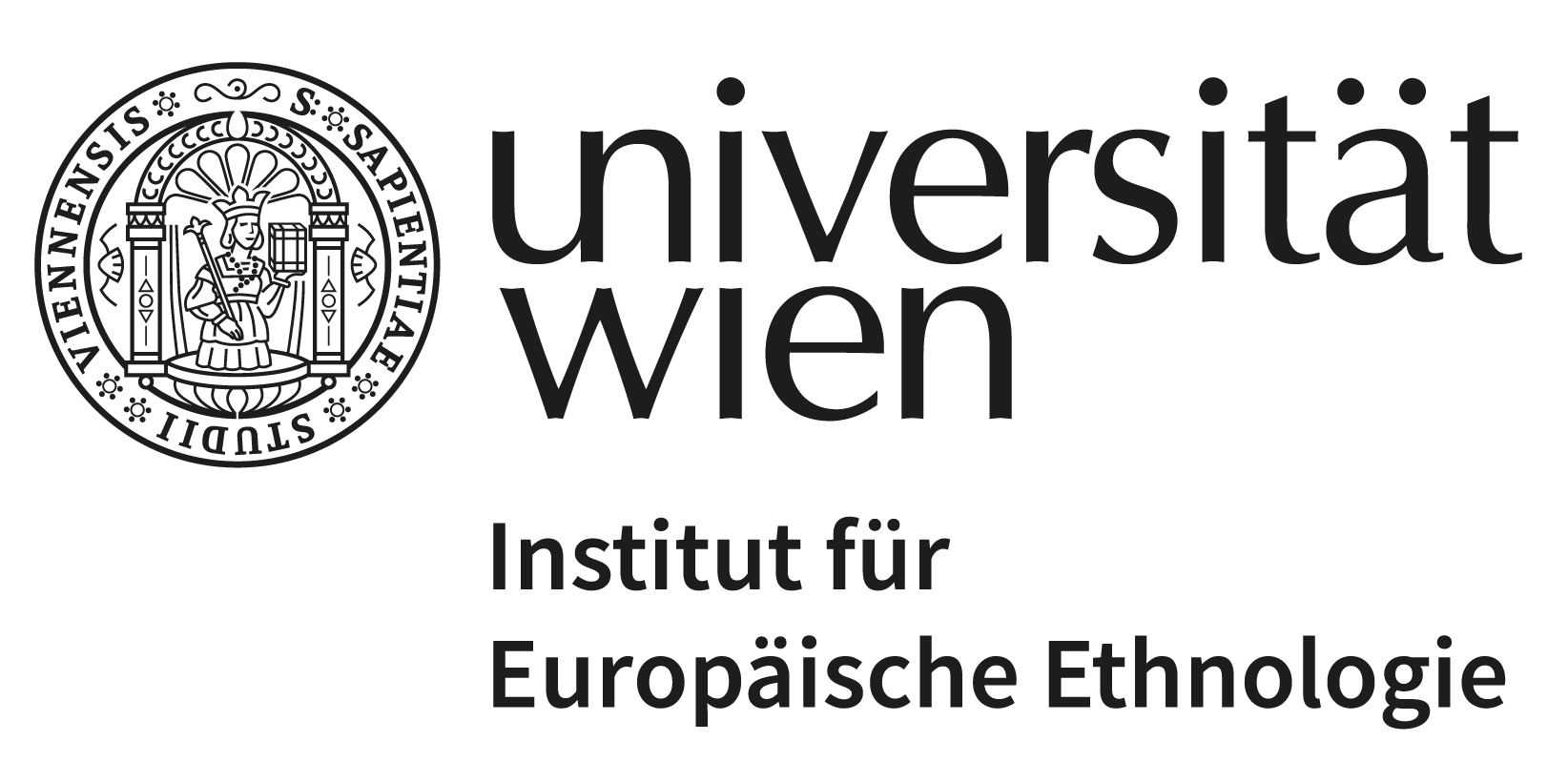Jerry Zee is Assistant Professor in Princeton University’s Department of Anthropology and the High Meadows Environmental Institute. On April 28, 2022 he gave a talk about his new book, Continent in Dust: Experiments in a Chinese Weather System (UC Press 2022), as part of the Institutskolloquium SoSe 2022 on „Weather/Knowledge.“ Jerry kindly agreed to be interviewed for the Institutsblog (Interviewer: Anna Weichselbraun).
How did your project come about?
After my graduation from university, I worked in China at an environmental NGO that ran a tree-planting program in a desertifying region upwind of Beijing very much like the places I later conducted fieldwork. It was at this time I became very interested in how these projects imagined politics, nature, and space. They were always interested in creating landscapes that would “protect” Beijing, whose relation to these places was both political and meteorological. Thinking about how this quirk of the wind – that some places are upwind of more important places, and therefore they are targeted as the source of bad incoming air – really captivated me.
How do you understand “the weather”?
In my work, I understand weather not as the natural background to things, but as a dynamic process that registers geophysical, political, social, and scientific practices and histories. I try to explore how, as weather is reframed as a political problem, this drives both new projects for engineering weather, but also pushes everyone involved to come to expansive and specific ways of conceiving of weather. Explaining how dust ends up in the air is a problem that I think is properly meteorological in this way because it can only make sense if you discuss so much else. I also think of weather as a capacious term for asking questions that have the ability to give us space to explore the political experiments that are also transforming the nature of state and other interventions in a place. I argue that we need more than an idea of “pollution,” which tends to recuperate a familiar sense of the politics: find the polluter and blame them; and also a sense that pollution is “un-natural,” a proposition that makes less and less sense in the transformed nature that we all live in today. So weather is helpful because it allows me to talk about the strangeness of the ordinary in these times.
How can your work help us understand contemporary projects to promote geo-engineering as a way to mitigate climate change?
On some level, what I think it does is help us remember that there are already ongoing projects that operate in a variety of scales to transform the dynamics and contents on the atmosphere. Geo-engineering is usually understood as a hypothetical engineering solution, but everywhere already are small experiments in changing land and air. I think on some level, environmental engineering should be understood not as an intervention into a pristine planet, but part of a shifting sense that the planet, in order for it to remain like itself, requires engineering. So I think that part of what the book offers is a small push to not think of geo-engineering as a brand new act of technological hubris, set against a pristine nature; but instead, part of an escalatory but also ordinary logic of environmental engineering that has been going on now for a very long time.
The Institutskolloquium SoSe 2022 with the title Weather/Knowledge: Culture-analytical Perspectives on States of the Atmosphere gathers contributions from economic and social history, history of science, media studies, cultural anthropology, climate science as well as European ethnology, which open up manifold perspectives on the topic of weather/knowledge, from micro-analytical approaches to global considerations. The colloquium is organized by Christian Elster and Anna Weichselbraun.

